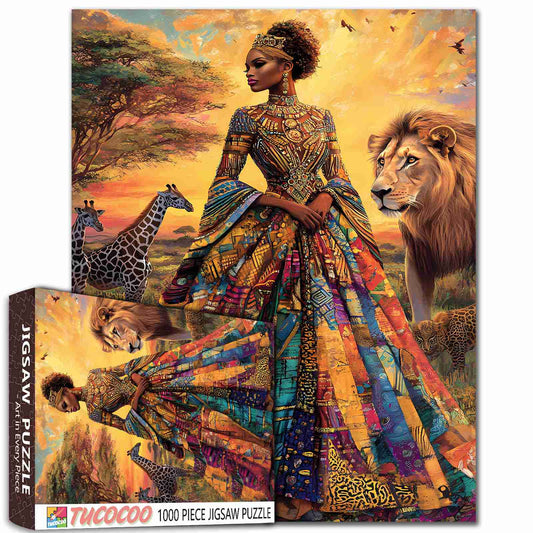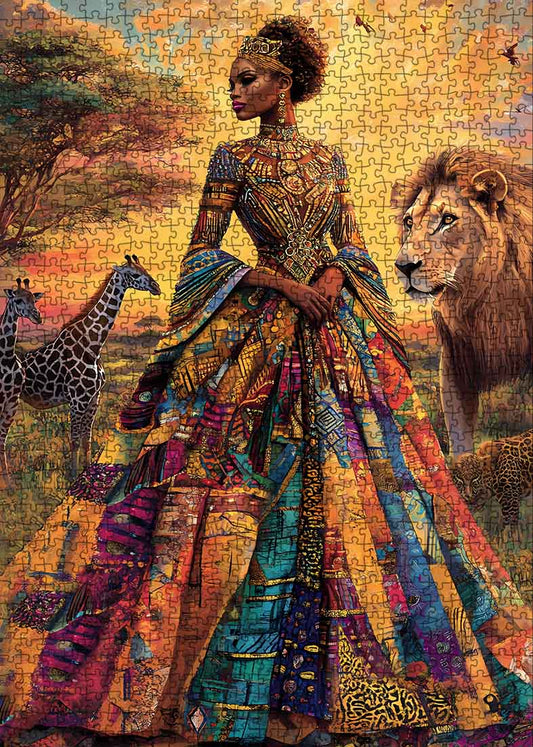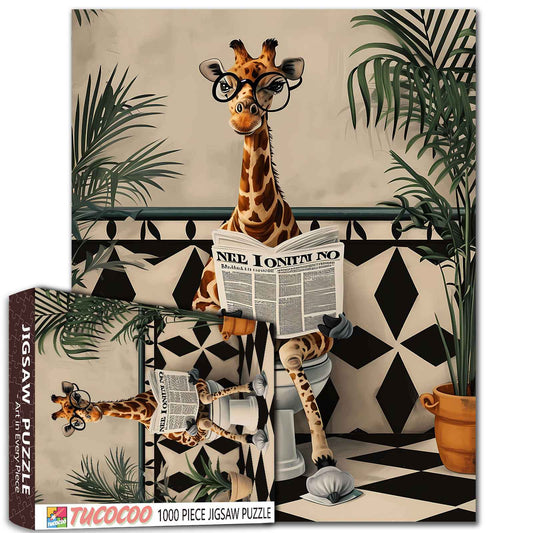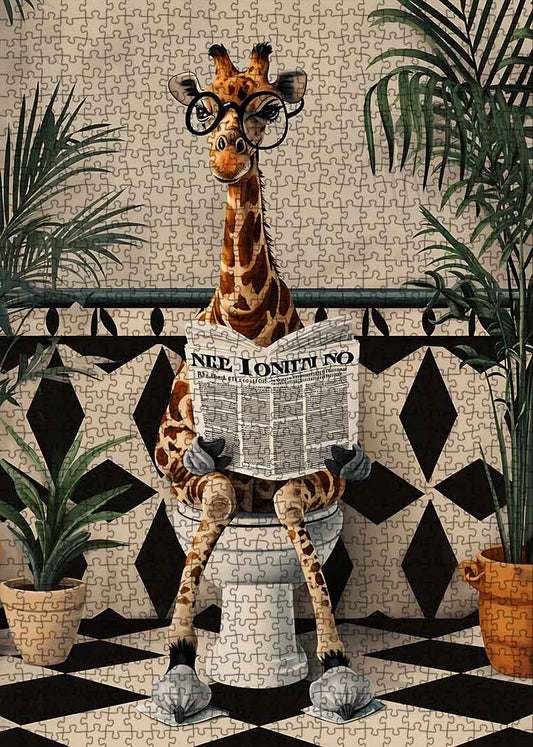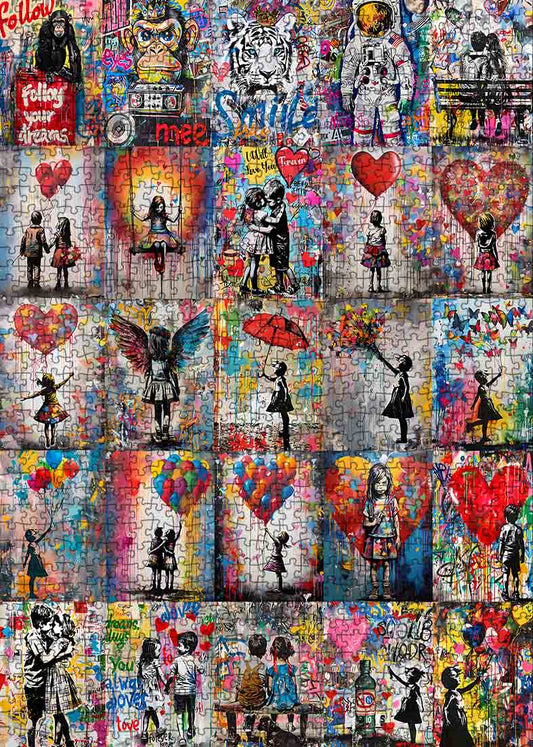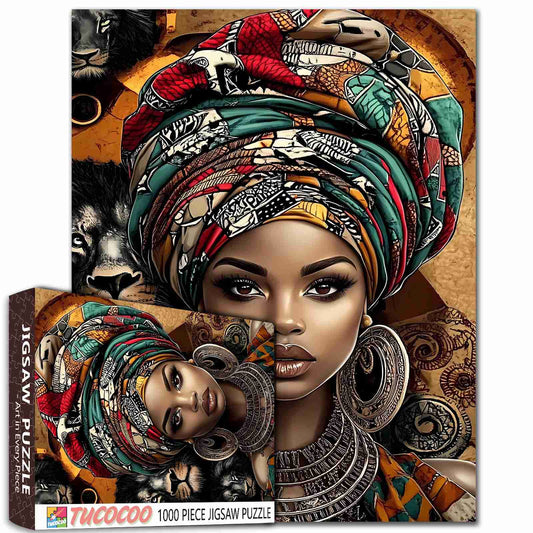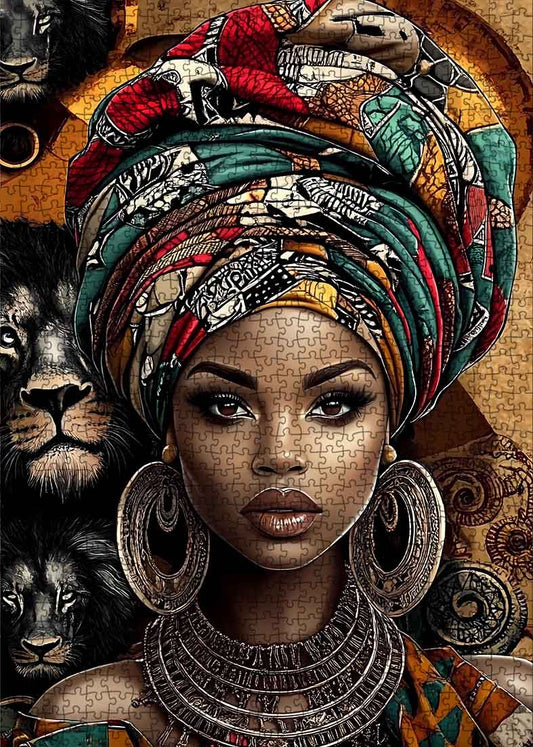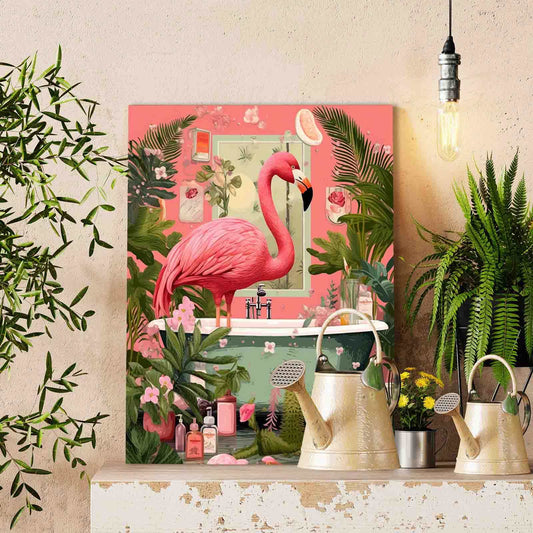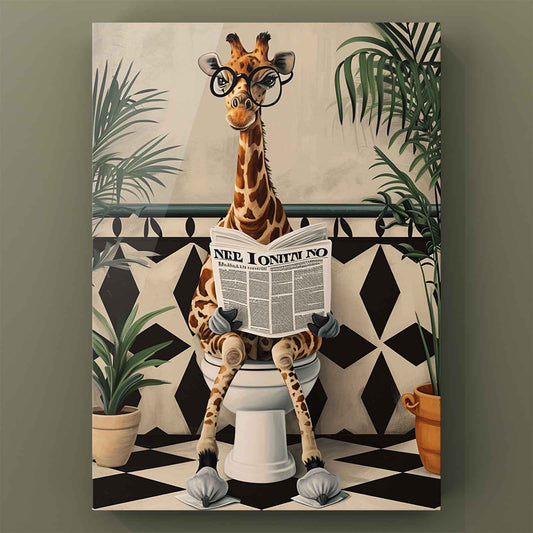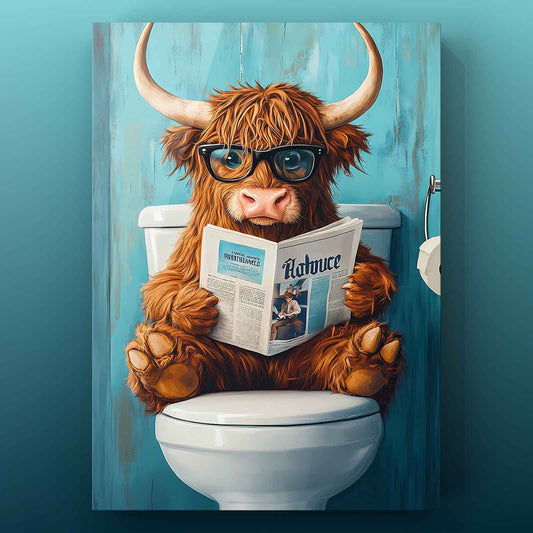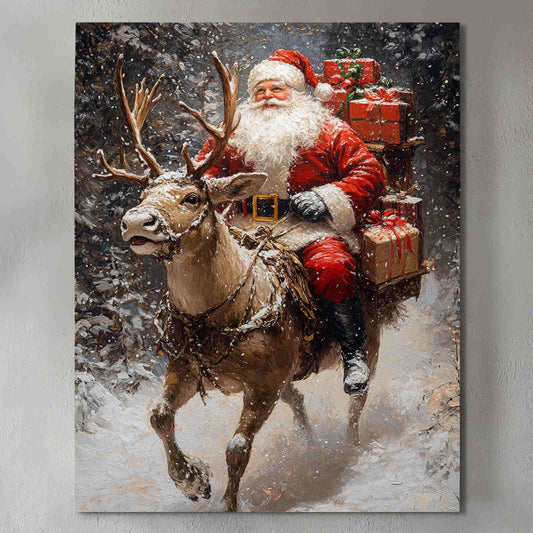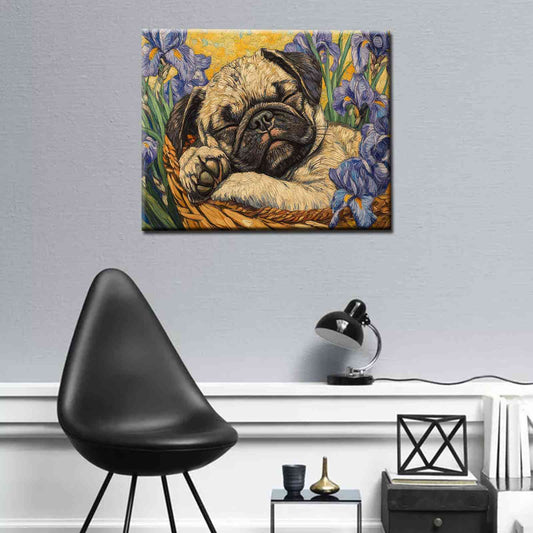
Unveiling the Stories Behind Beloved Animal Puzzles
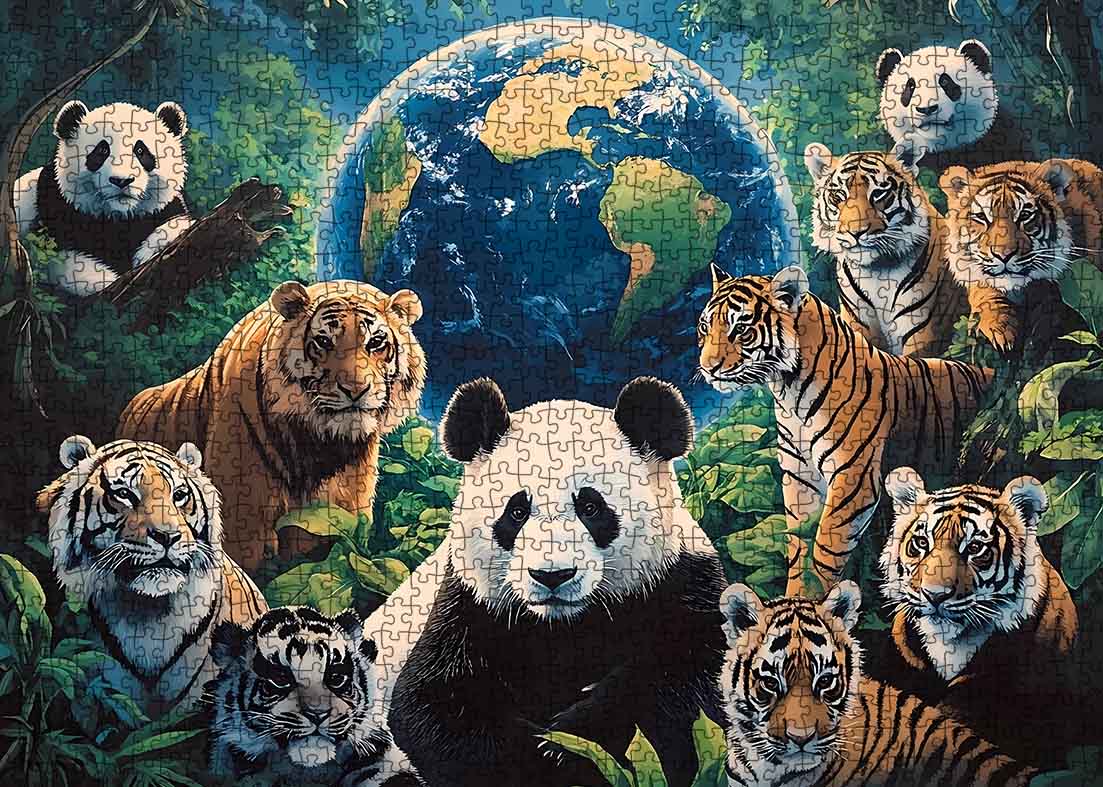
Have you ever noticed how an animal puzzle can immediately capture your interest? There’s something truly enchanting about assembling the intricate details of a lion’s mane or the delicate wings of a butterfly. An animal puzzle isn’t just a source of entertainment—it’s a miniature masterpiece. These puzzles bring the wonders of nature right to your hands, offering a unique way to appreciate the beauty of wildlife. Many of them also share meaningful messages, such as highlighting the importance of protecting endangered species. It’s incredible how an animal puzzle can not only connect you to the natural world but also ignite your creativity.
Key Takeaways
Animal puzzles help you learn about nature and be creative. They are a fun way to enjoy wildlife and solve problems.
Some animal puzzles teach about endangered animals. Doing these puzzles can start talks about saving animals and nature.
Puzzles are good for learning at any age. Kids can learn about animals and build patience and thinking skills.
Animal puzzles have many styles, like real photos or fun art. Pick one you like and have a great time.
New puzzles often use earth-friendly materials. Choosing these helps the planet while you enjoy your hobby.
The Origins of Animal Puzzle Designs
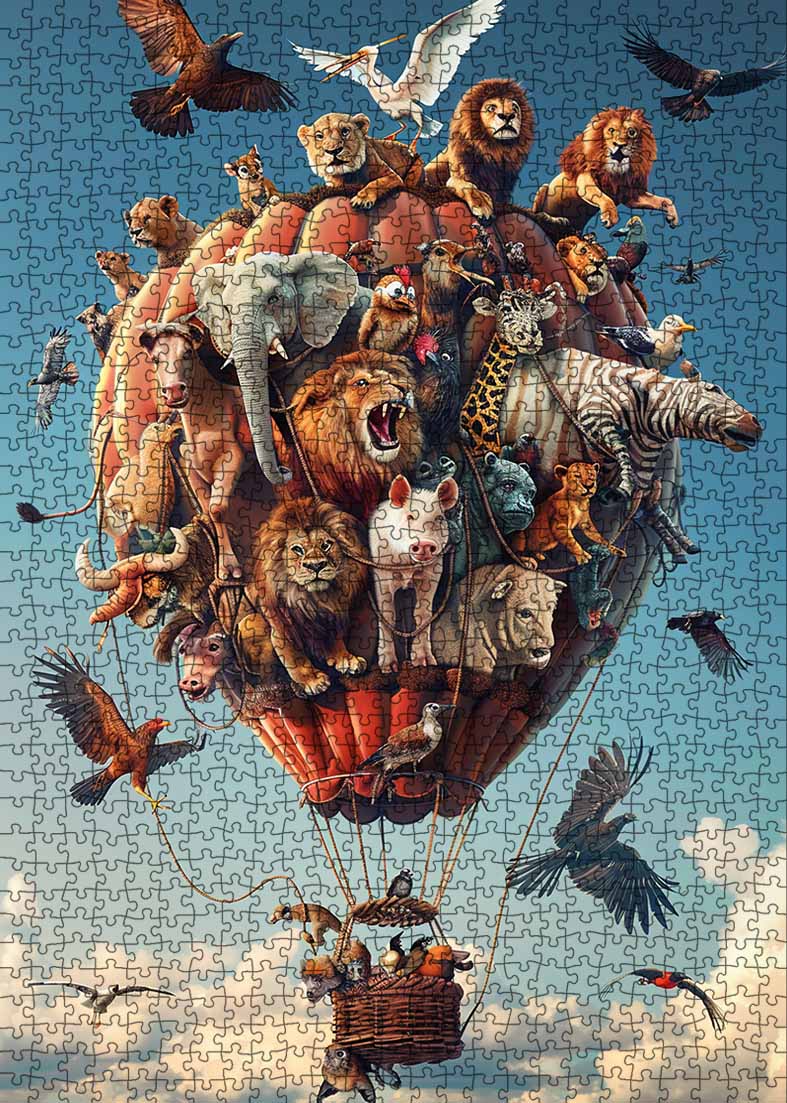
Inspirations from Nature
Wildlife and ecosystems as design muses.
Have you ever wondered where the ideas for animal puzzles come from? Nature itself is the ultimate inspiration. Designers often study wildlife and ecosystems to create lifelike representations of animals. From the vibrant feathers of tropical birds to the majestic stripes of a tiger, these puzzles capture the beauty of the natural world. They remind you of the incredible diversity of life on Earth. Every piece you place feels like a tribute to the wonders of nature.
Raising awareness of endangered species through puzzles.
Some puzzles go beyond entertainment—they carry a powerful message. For example, the WWF's Endangered Pieces initiative uses puzzles to highlight the plight of endangered animals. Each puzzle piece represents one animal left in the wild. The giant panda puzzle has 1,864 pieces, symbolizing the success of conservation efforts. Others, like the Sumatran tiger (400 pieces) and the pygmy three-toed sloth (79 pieces), show how few of these creatures remain. These puzzles spark conversations about wildlife conservation and inspire action across generations.
The Evolution of Animal Puzzles
From educational tools to artistic masterpieces.
Animal puzzles have come a long way. They started as simple educational tools for children, teaching basic shapes and animal names. Over time, they evolved into intricate works of art. Today, you can find puzzles with stunning designs that appeal to all ages. Some feature hand-painted illustrations, while others use high-resolution photography. These puzzles are more than just games—they're masterpieces you can proudly display.
The influence of vintage and nostalgic designs.
Do you love the charm of vintage designs? Many animal puzzles draw inspiration from nostalgic styles. Think of the classic wooden puzzles with hand-carved animal shapes or the retro illustrations of wildlife. These designs bring a sense of warmth and familiarity. They remind you of simpler times, making them perfect for family bonding or as collector's items.
Cultural and Historical Roots
Traditional animal motifs in global puzzle designs.
Animal puzzles often reflect the cultures they come from. In Asia, you might find puzzles featuring dragons or koi fish, symbols of strength and prosperity. African-inspired puzzles often showcase animals like elephants and lions, celebrating the continent's rich wildlife. These designs connect you to the traditions and stories of different regions.
Folklore and mythology as sources of inspiration.
Mythology and folklore also play a big role in puzzle designs. Have you ever seen a puzzle featuring a phoenix or a unicorn? These mythical creatures capture your imagination and transport you to a world of legends. By assembling these puzzles, you’re not just solving a challenge—you’re exploring the stories that have fascinated people for centuries.
Why Animal Puzzles Are So Beloved
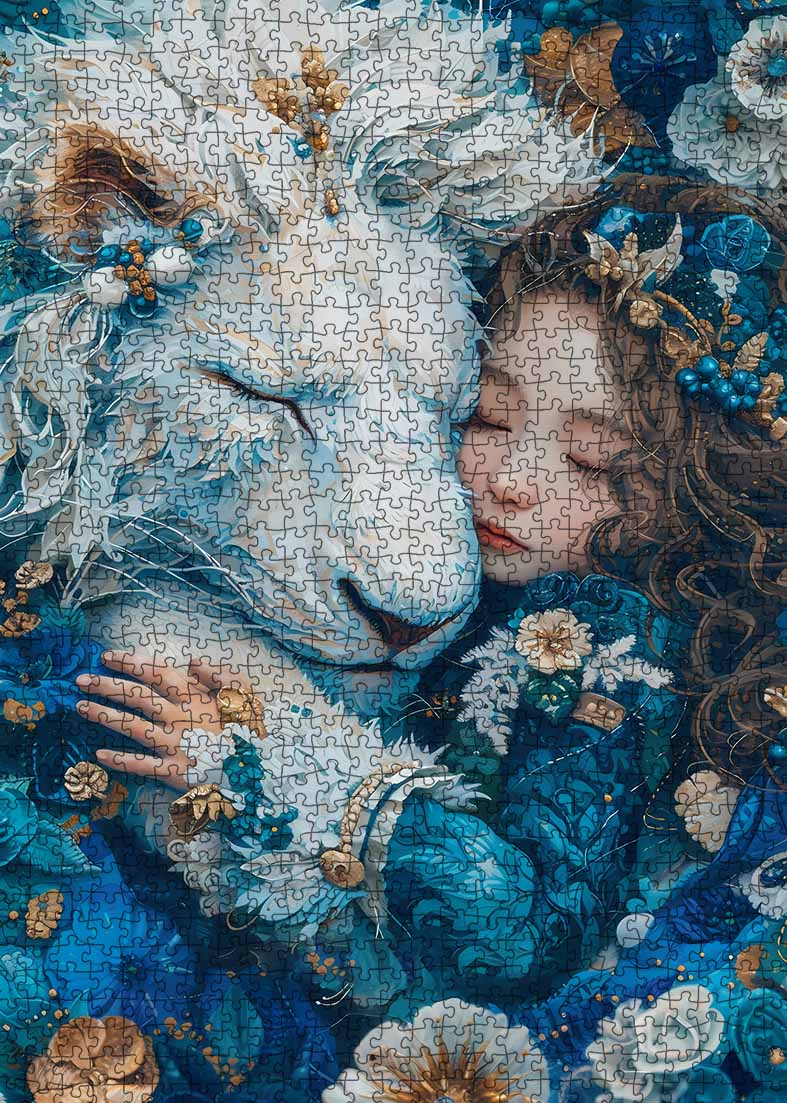
Educational and Developmental Benefits
Enhancing problem-solving and motor skills.
Animal puzzles are more than just fun—they’re a workout for your brain and hands. When you fit pieces together, you’re sharpening your problem-solving skills and learning to think critically. Each piece requires you to analyze shapes, colors, and patterns, which boosts your cognitive abilities. At the same time, the act of placing pieces improves your hand-eye coordination and spatial awareness. It’s like a mini training session for your mind and body!
For kids, puzzle play offers even more benefits. It helps them develop patience and persistence as they work toward completing the picture. They also learn strategic planning by figuring out which pieces go where. These skills don’t just stay on the table—they carry over into everyday life, helping children tackle challenges with confidence.
Introducing children to the animal kingdom.
Animal puzzles are a fantastic way to introduce kids to the wonders of wildlife. As they assemble a lion or a dolphin, they’re not just solving a puzzle—they’re learning about the animal’s anatomy, habitat, and unique traits. This hands-on experience makes learning interactive and fun. Discussing the animals while solving the puzzle can also expand their vocabulary and comprehension. It’s an engaging way to spark curiosity about the natural world.

Artistic and Sensory Appeal
Vibrant colors and intricate craftsmanship.
Have you ever noticed how some puzzles feel like works of art? Many animal puzzles feature vibrant colors and intricate designs that make them visually stunning. Whether it’s a hand-painted illustration of a peacock or a high-resolution photo of a wolf, these puzzles are a feast for the eyes. They’re not just games—they’re masterpieces that bring the beauty of nature into your home.
The tactile joy of assembling puzzles.
There’s something deeply satisfying about the tactile experience of puzzle play. The feel of each piece in your hands, the click when it fits perfectly—it’s a sensory delight. This physical interaction makes puzzles more engaging and enjoyable. It’s no wonder so many people find assembling puzzles to be a relaxing and rewarding activity.
Emotional and Social Connections
Nostalgia and family bonding through puzzles.
Puzzles have a magical way of bringing people together. Sitting around a table with your family, working on an animal puzzle, creates moments of connection and laughter. It’s a chance to unplug from screens and spend quality time with loved ones. For many, puzzles also evoke a sense of nostalgia, reminding them of childhood memories and simpler times.
The universal love for animals reflected in puzzles.
Animals hold a special place in our hearts, and puzzles celebrate that bond. Whether it’s a majestic eagle or a playful kitten, these designs resonate with people of all ages. They remind us of the beauty and diversity of the animal kingdom. This universal love for animals makes puzzles a timeless favorite, connecting us to nature and each other.
Popular Categories of Animal Puzzles
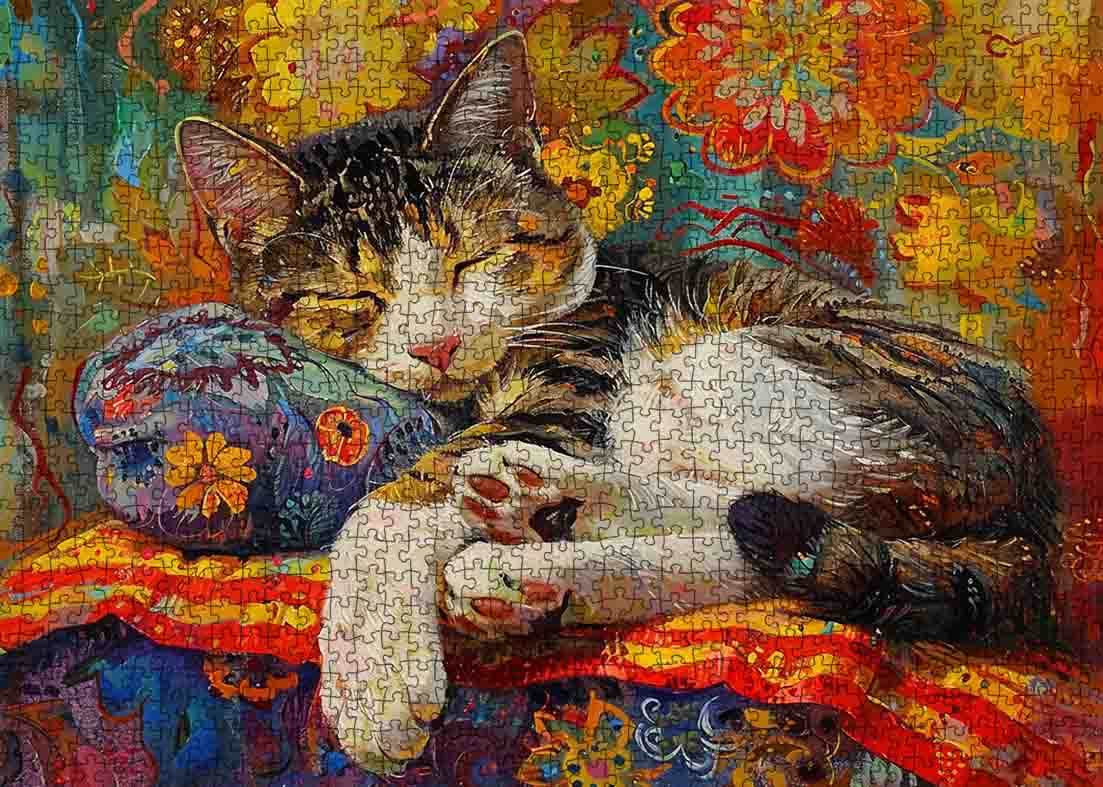
By Age Group
Simple puzzles for toddlers.
If you’re looking for the perfect introduction to puzzle play for toddlers, simple animal puzzles are the way to go. These puzzles are designed with large, colorful pieces that are easy for little hands to grasp. Floor puzzles are especially popular because they allow kids to spread out and explore vibrant animal illustrations. Wooden puzzles are another favorite. They’re durable, tactile, and often feature chunky pieces that make assembly a breeze. Some even include interactive elements like sound effects or movable parts, adding an extra layer of sensory fun.
These puzzles do more than entertain—they help toddlers develop essential skills. As they fit pieces together, they’re building cognitive abilities and improving hand-eye coordination. They also learn patience and persistence, which are valuable life lessons. Plus, talking about the animals in the puzzles can expand their vocabulary and spark curiosity about the natural world.

Challenging puzzles for teens and adults.
For older kids and adults, animal puzzles offer a more complex and rewarding experience. You’ll find designs that range from beginner-friendly to intricate masterpieces. High-quality materials, like thick cardboard or wooden pieces, make these puzzles feel premium and durable. The artwork is often stunning, featuring realistic depictions of wildlife or imaginative, artistic interpretations.
These puzzles challenge your problem-solving skills and keep your mind engaged. They’re perfect for a quiet evening or as a group activity. Whether you’re piecing together a detailed tiger portrait or a whimsical fox design, the process is both relaxing and stimulating.
By Puzzle Type
Realistic animal photography in jigsaw puzzles.
If you love lifelike depictions of animals, realistic photography puzzles are a must-try. These puzzles showcase high-resolution images of wildlife, from majestic eagles to serene underwater scenes. Each piece feels like a small part of a larger masterpiece. Completing one of these puzzles is like assembling a window into nature’s beauty.
Abstract and whimsical animal designs.
On the other hand, abstract and whimsical designs let your imagination run wild. These puzzles often feature bold colors, playful patterns, and creative interpretations of animals. Think of a giraffe made of geometric shapes or a cat surrounded by a kaleidoscope of flowers. They’re not just puzzles—they’re works of art that add a splash of creativity to your day.
By Purpose
Educational puzzles for learning environments.
Animal puzzles shine in educational settings. In schools, they’re used to teach kids about biodiversity and animal families. At home, they’re a fun way to bond while learning about wildlife. Wildlife centers even use puzzles to engage visitors and educate them about conservation.
Some popular options include floor puzzles with vibrant illustrations, wooden puzzles for younger children, and interactive puzzles with sound effects. Educational themes, like ecosystems or animal habitats, make these puzzles both fun and informative.
Decorative puzzles for collectors and enthusiasts.
For collectors, animal puzzles double as decorative pieces. Once completed, they can be framed and displayed as art. These puzzles often feature intricate designs or limited-edition prints, making them highly sought after. They’re a great way to combine your love for animals with your passion for art and design.
The Timeless Allure of Animal Puzzles
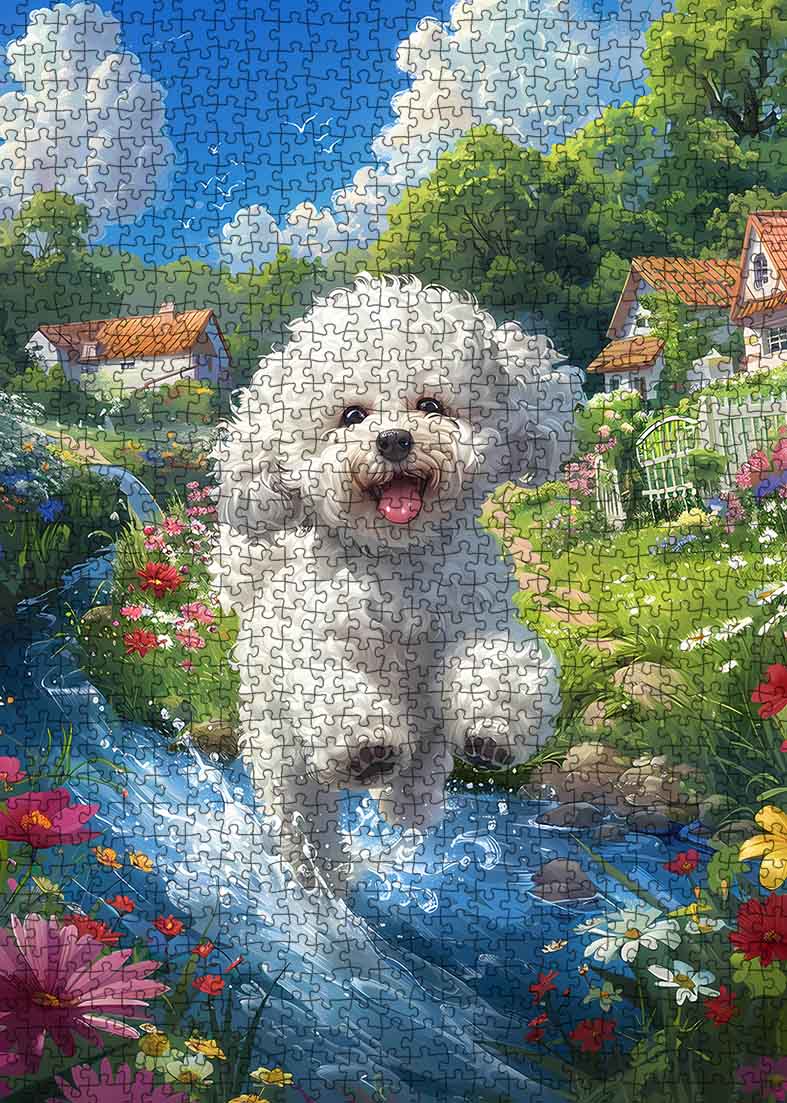
Why Animal Puzzles Endure
Their cross-generational appeal.
Animal puzzles have a unique way of bringing people together, no matter their age. You might find a toddler giggling over a chunky wooden puzzle while their grandparents enjoy piecing together a complex wildlife scene. This cross-generational appeal makes puzzles a timeless activity. They create opportunities for families to bond, share stories, and work as a team. Whether it’s a rainy afternoon or a holiday gathering, puzzles offer a shared experience that everyone can enjoy.
The perfect blend of fun, learning, and creativity.
Animal puzzles strike the perfect balance between entertainment and education. They’re not just about fitting pieces together—they’re about discovery. As you solve a puzzle, you might learn about an animal’s habitat or unique traits. For kids, this can spark curiosity and foster a love for learning.
Evidence Type |
Description |
|---|---|
Engaging in puzzle-solving activities enhances cognitive abilities and motor skills. |
|
Social Skills |
Working on puzzles collaboratively promotes teamwork, communication, and cooperation among children. |
Emotional Growth |
Completing puzzles teaches perseverance and boosts confidence as children overcome challenges. |
Animal puzzles also encourage creativity. Whimsical designs and vibrant colors make the process exciting. They’re not just a pastime—they’re a tool for growth and exploration.
Innovations in Animal Puzzle Design
Sustainable materials and eco-friendly practices.
Modern puzzles are becoming more eco-friendly, which is great news for nature lovers. Many are now made from recycled materials like cardboard, newspaper, or sustainably harvested bamboo. The inks used are often vegetable-based and non-toxic, ensuring they’re safe for both you and the environment. Even the adhesives are plant-based and biodegradable, showing how much thought goes into these designs. By choosing eco-friendly puzzles, you’re not just enjoying a fun activity—you’re also supporting sustainable practices.
Recycled paperboard and cardboard are common materials.
Bamboo and sugar cane stalks are used for plant-based options.
Non-toxic inks and biodegradable adhesives make puzzles safer and greener.
The role of technology in shaping future designs.
Technology is transforming the world of puzzles in exciting ways. Designers now use advanced tools to create intricate and interactive designs. For example, some puzzles incorporate augmented reality, letting you see animals come to life through a smartphone app. Others focus on eco-friendly edutainment, teaching kids about environmental conservation while they play.
Trend |
Description |
|---|---|
Eco-friendly Edutainment |
Technology enables the creation of puzzles that educate and engage children about environmental issues. |
Animal-inspired Design |
Designers can create playful and interactive animal-themed puzzles that attract consumers. |
Interactive Experiences |
Integration of technology allows for interactive puzzles that promote environmental conservation. |
These innovations make puzzles more engaging and meaningful. They combine tradition with modern creativity, ensuring that puzzles remain a beloved activity for generations to come.
Animal puzzles have a magical way of connecting you to nature, creativity, and even your loved ones. They’re more than just games—they’re experiences that spark curiosity and bring joy. Whether it’s a llama puzzle with captivating designs or a fish puzzle inspired by aquatic beauty, these creations celebrate the wonders of the natural world.
Did you know the ‘Wildlife Guardians’ puzzle uses eco-friendly materials and features 1000 pieces? It’s both challenging and educational!
Explore the diverse world of animal puzzles. You’re sure to find one that resonates with your love for wildlife and creativity.
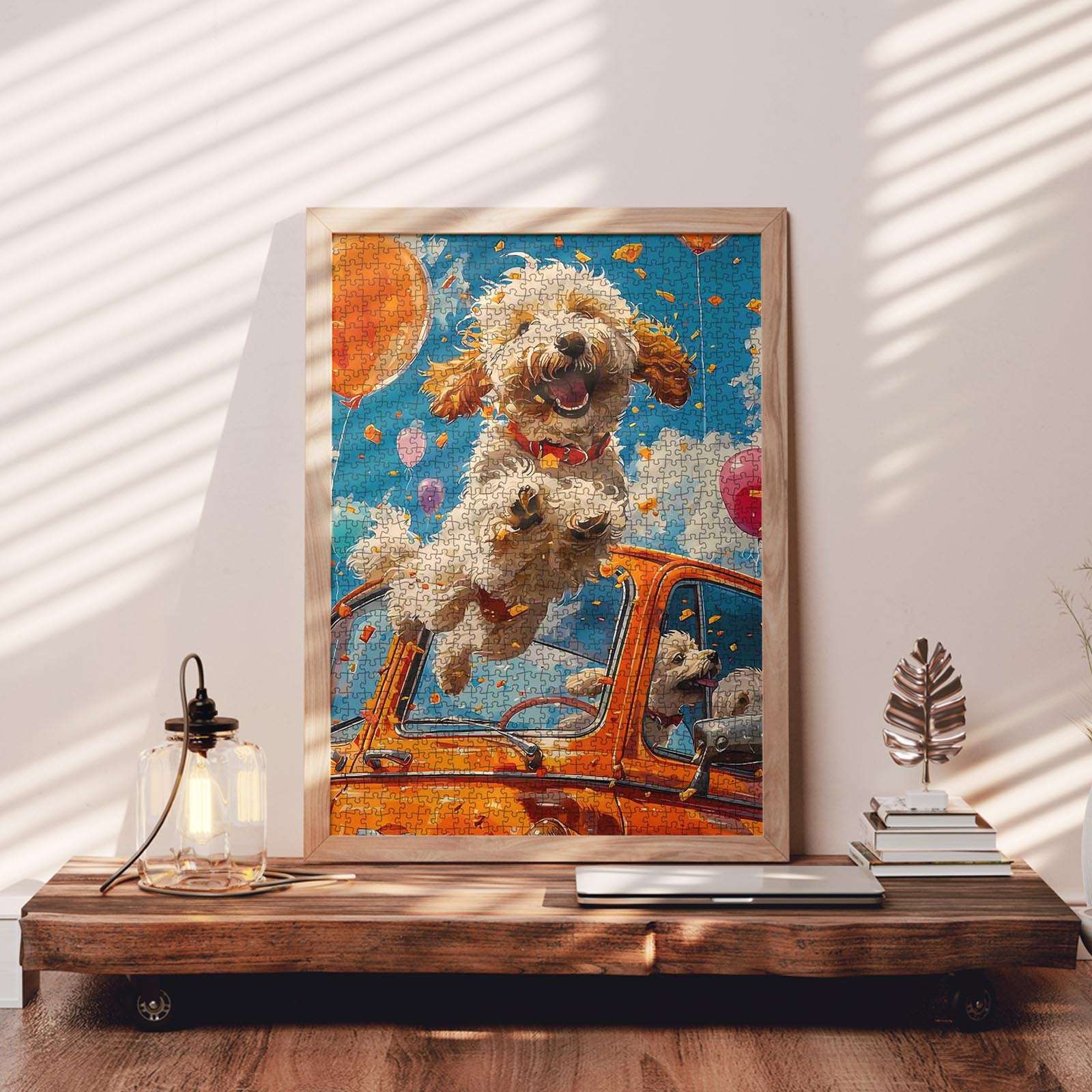
FAQ
What makes animal puzzles so special?
Animal puzzles combine fun, learning, and creativity. They let you explore the beauty of wildlife while improving your problem-solving skills. Whether you're assembling a tiger's stripes or a bird's feathers, each piece connects you to nature in a unique way.
Are animal puzzles suitable for all ages?
Absolutely! From simple wooden puzzles for toddlers to intricate designs for adults, there's something for everyone. Puzzle play offers benefits like cognitive development for kids and stress relief for adults, making it a great activity for all age groups.
How do animal puzzles help with learning?
Animal puzzles teach kids about wildlife, habitats, and ecosystems. They also improve motor skills, hand-eye coordination, and patience. For adults, they offer a chance to learn about endangered species or explore artistic designs while enjoying a relaxing activity.
Can I frame my completed animal puzzle?
Yes, many people frame their completed puzzles as decorative art. Some puzzles are designed with this in mind, featuring high-quality materials and stunning artwork. It's a great way to showcase your hard work and love for wildlife.
Are there eco-friendly animal puzzles available?
Definitely! Many brands now offer puzzles made from recycled materials and non-toxic inks. These eco-friendly options let you enjoy puzzle play while supporting sustainable practices and protecting the environment.

